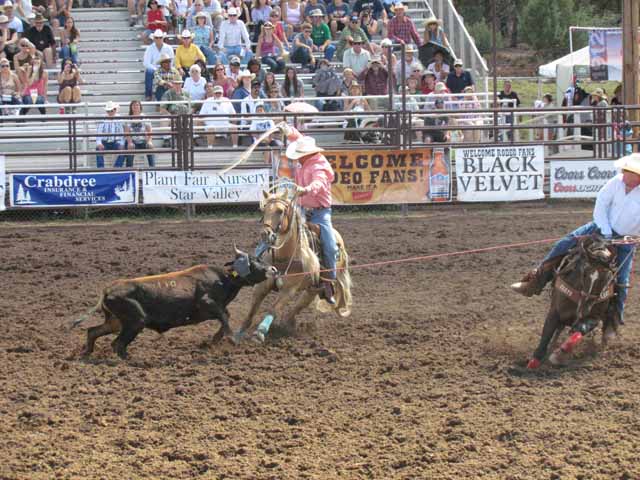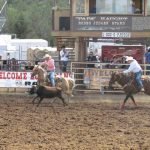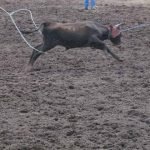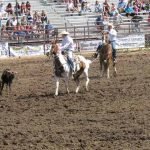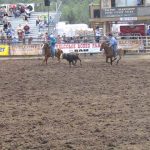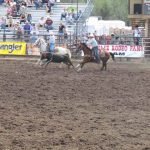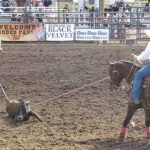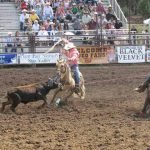Pro Rodeo Team Roping Photos
Pro Rodeo Team Roping Photos is an event in rodeo where two riders work together to rope both the head and hind legs of a steer.
Rodeo News
- Pro Rodeo Team Roping
- Pro Rodeo Team Roping
- Pro Rodeo Team Roping
- Pro Rodeo Team Roping
- Pro Rodeo Team Roping
- Pro Rodeo Team Roping
- Pro Rodeo Team Roping
- Pro Rodeo Team Roping
Photos showing team roping gives a clear idea about how this event is played across America. The photo shows how many players are involved in this event. Team roping rodeo photos shows tow competitors chasing a calf on horseback. They have ropes in their hand and their aim is to tie down the calf to the ground. Specific photos of this event show that there are more than one or two participants in this rodeo event. In order to be a skilled player in this event, it is imperative that people refer such photos and videos as much as they can.
Team roping photos show how two or more people on horseback, execute the right skill, chase the calf in a particular trajectory, inside the arena and later brings them down. The photos showing these events aspires participants in these events to take execute their skills in the best way they can.
Pro Rodeo Team Roping is a rodeo event where two riders enter a box, on either side of the chute. The steer is placed in the chute and the barrier(a spring loaded rope) is strung from each side of the box to the steer’s head. When the steer runs from the chute the barrier will release and the ropers are free to pursue the steer. The first roper or the header ropes the horns of the steer, then the heeler ropes the hind legs. If either of the ropers trips the barrier before it’s released 10 seconds is added to the team’s time.
Last Updated on 03/12/2025 by Jodi Erpelding
CLN Community Sponsor
